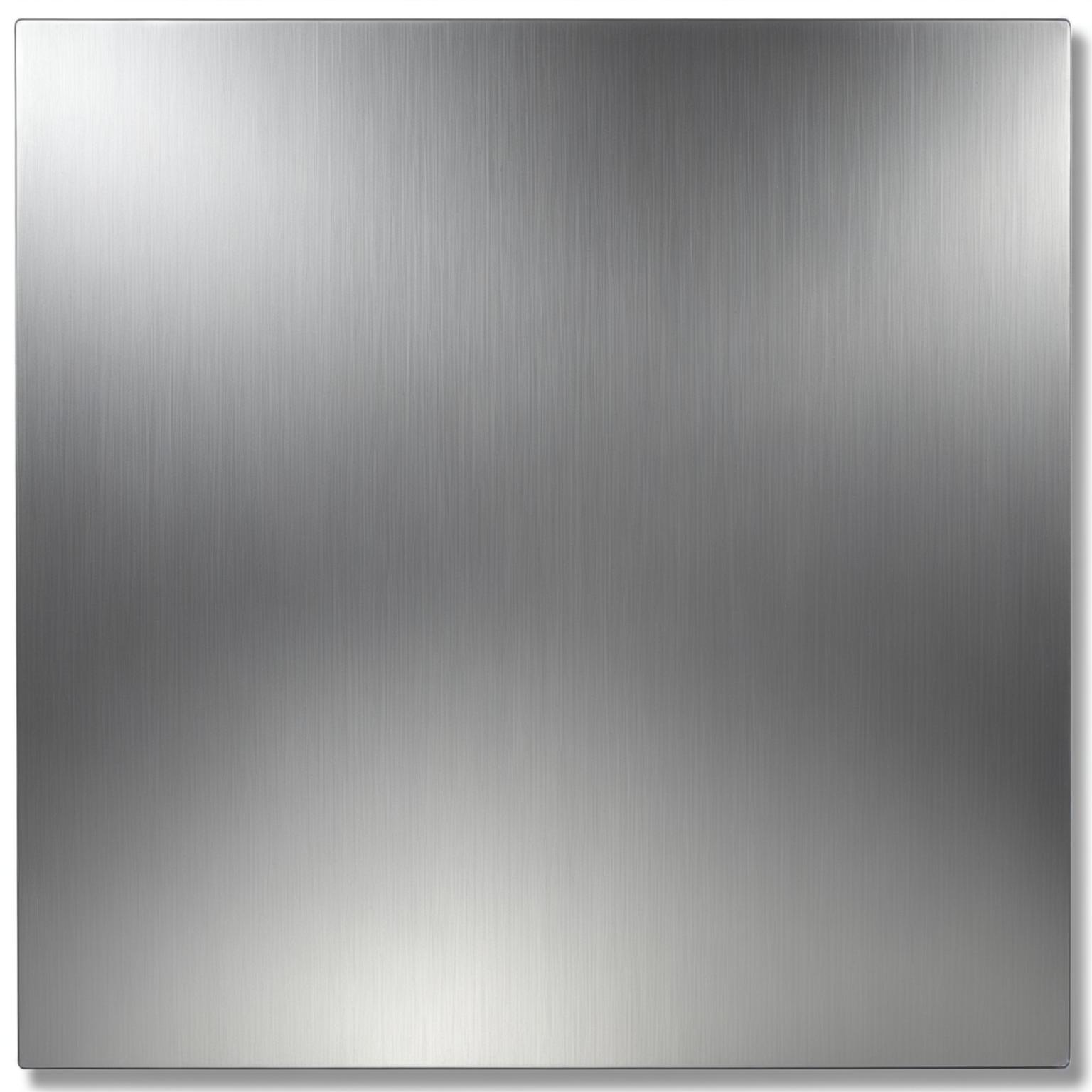Stainless steel is a premier choice for outdoor architectural and design projects, celebrated for its sleek, modern aesthetic and exceptional durability. Its inherent resistance to corrosion makes it a seemingly perfect material for facing the elements. However, even this robust material can be susceptible to warping and buckling. Understanding how to prevent stainless steel sheet from deformation when used outdoors? is crucial for ensuring your investment remains as stunning and structurally sound as the day it was installed. This guide will walk you through the essential considerations and techniques to maintain the flat, flawless appearance of your stainless steel in any outdoor setting.
Understanding the Causes of Deformation in Outdoor Stainless Steel
Before we can prevent deformation, it's vital to understand its root causes. The primary culprit for outdoor metal installations is thermal expansion and contraction. As temperatures fluctuate throughout the day and across seasons, metal expands when heated and shrinks when cooled. If a large stainless steel sheet is rigidly fixed without any room to move, this natural process will create immense internal stress. This stress is often relieved by buckling, warping, or oil-canning, where the flat surface of the sheet develops noticeable waves or distortions. Another significant factor is an inadequate support structure. If the frame behind the sheet is not strong enough or if the support points are spaced too far apart, the sheet can sag under its own weight, especially when subjected to additional loads like wind pressure or snow.
Choosing the Right Stainless Steel Sheet for Your Project
The first step in prevention is proper material selection. Not all stainless steel sheets are created equal, and choosing the right one is your first line of defense against deformation. The gauge, or thickness, of the sheet is paramount. A common mistake is selecting a sheet that is too thin for the intended application to save on costs. For larger panels or areas with less structural support, a thicker gauge provides superior rigidity and inherent resistance to bending and warping. While Grade 304 stainless steel is suitable for many applications, Grade 316 is often the superior choice for outdoor use, especially in coastal or industrial areas. Grade 316 contains molybdenum, which significantly enhances its corrosion resistance, ensuring the material’s structural integrity isn’t compromised over time by environmental factors. A pristine, high-quality sheet with a refined finish not only looks better but is often manufactured to tighter tolerances, contributing to its overall stability.
Proper Installation Techniques to Prevent Deformation
Excellent installation is the most critical factor in preventing stainless steel sheet deformation. The key principle is to allow for thermal movement. This does not mean leaving the sheet loose; it means fastening it securely but intelligently. One effective method is to use slightly oversized fastener holes. By drilling a hole that is marginally larger than the fastener shank and using a neoprene or nylon washer, you allow the panel to expand and contract without binding against the fasteners. For larger installations with multiple panels, incorporating expansion joints is a professional standard. These are small, calculated gaps between sheets that give the entire assembly room to breathe. The design of the support structure is equally important. It must be robust and provide even support across the entire panel to prevent sagging. The spacing of your support members, whether they are studs or purlins, should be determined based on the gauge of the stainless steel sheet and anticipated environmental loads.
Effective Fastening and Long-Term Maintenance
When securing the panels, always use fasteners made from a compatible grade of stainless steel. This prevents galvanic corrosion, a process where two dissimilar metals in contact can cause one to corrode rapidly, weakening the connection point. Furthermore, avoid over-tightening fasteners. An over-torqued screw can create a dimple in the sheet and become a fixed point of high stress, leading to localized buckling as the surrounding material tries to expand. The goal is a snug fit that holds the panel securely but doesn't restrict its natural movement. Once installed, long-term maintenance helps ensure longevity. Periodically inspect the installation, checking for any loose fasteners or early signs of stress. Keeping the surface clean with mild soap and water not only maintains its beautiful luster but also removes any corrosive deposits that could degrade the material over time. By combining thoughtful material selection with meticulous installation techniques, you can confidently use stainless steel to create breathtaking, durable outdoor features that will stand the test of time without deforming.








